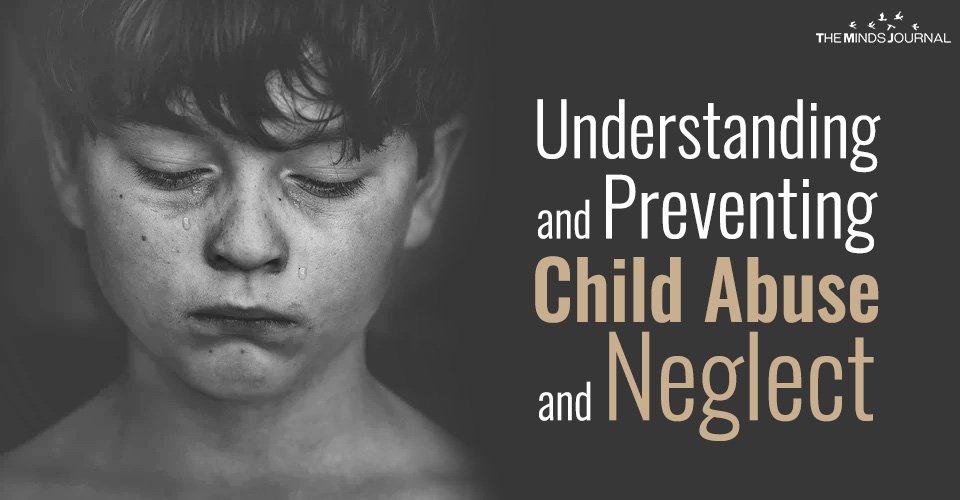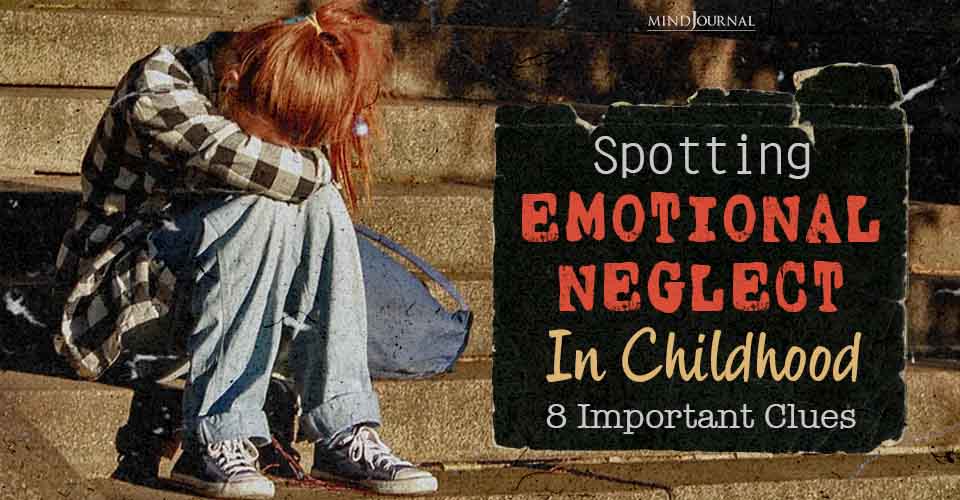Adult temper tantrums can be really unpredictable and you never know which direction they might take. This article is going to discuss the dangers of temper tantrums in adults, so that you know how to protect yourself.
KEY POINTS
- Adult temper tantrums are not necessarily physical but can still hurt a partner.
- Adult temper tantrums can easily slip into domestic abuse.
- Adult temper tantrums are destructive for the person having them and those they are directed against.
Some children have temper tantrums in response to unmet needs or desires. Tantrums are especially common in young children who cannot verbalize their needs in words or control their emotions when they are frustrated or disappointed.
I am always impressed when either of my daughters-in-law says to one of my grandchildren, “Slow down, use your words. Tell me what is bothering you.”
Words are essential to being able to calm and console yourself, which is a central part of being a resilient adult, yet many people are unable to do it. Instead, they act out their frustration, disappointment, and/or anger by having temper tantrums — disruptive behaviors or emotional outbursts that involve physical acts or yelling.
Related: The Temper Tantrums Of Borderline Personality Disorder
Are Adult Temper Tantrums Dangerous?
Adult temper tantrums are not necessarily physical but can still hurt a partner. They might involve yelling nasty accusations, cursing, gesticulating violently, throwing things, or threatening to end the relationship.
Adult temper tantrums can easily slip into domestic abuse. While men are more likely to use guns, and physical or sexual violence, women are just as likely to perpetrate emotional or verbal assaults.
Since alcohol causes a serious erosion in self-control, it increases the chances that a temper tantrum will become abuse.
The World Health Organization estimates that 55 percent of perpetrators of domestic violence drank alcohol before the assault. Having a weapon in the house further increases the chances that a temper tantrum will turn into domestic abuse.
The Center for Gun Violence Solutions at Johns Hopkins University estimates that around 4.5 million women in the United States have been threatened with a gun, and over half of all intimate partner homicides are committed with a gun.
Additionally, guns are often used to threaten and terrorize partners even if they are not discharged. But an abused woman living in a home with a gun is six times more likely to be killed than other women. The combination of alcohol and guns is particularly lethal.1

Types of Abuse
1. Physical abuse.
This includes hitting, shoving, slapping, punching, kicking, forcing someone to have alcohol or drugs, physically restraining an individual, and aggravated assault (assault with a weapon). This includes sexual abuse – including forced intercourse and other sexual acts that are coerced.
2. Emotional abuse.
This includes blaming the other individual for your problems (projection) or stonewalling them by refusing to speak to them for long periods of time.
3. Verbal abuse.
This includes public humiliation, putdowns, yelling, name-calling, cursing, and criticizing another person’s beliefs, actions, and appearance.
4. Over-controlling.
This includes preventing someone from seeing friends or family or from going to a job, taking away access to family finances, or constantly asking where you are going and where you have been.
Related: 9 Warning Signs Of A Controlling Boyfriend
5. Stalking.
This includes repeated phone calls, tracking, using hidden cameras, showing up unannounced at work or school, monitoring phone calls or computer use, or going through another person’s garbage.
Adult temper tantrums are destructive for the person having them as well as the people they are directed against.
The person having the tantrum is repeating a dysfunctional childhood reaction to frustration and/or disappointment, which is painful and probably ruins the relationship he has with the people he loves.

The person on the other side of it is physically and/or emotionally traumatized by the tantrum. For the couple, the repetitive tantrums prevent the development of trust and understanding.
The constant fear of the partner having a tantrum creates distance, avoidance, and suspicion rather than love and intimacy.
Check out an excerpt from Roberta Satow’s book, Our Time Is Up here:
“The weather in our house was stormy with the promise of thunder and lightning. I walked on the balls of my feet, as if to prepare for the thunderclaps that would slam me across the room. Before I started elementary school, I was alone with my mother when my father left for work at the Hunter Coal Company on Flatbush Avenue.
As usual on Wednesdays, she put on her shmata, a sleeveless cotton housedress that tied across the front. The pink and green flowers on the dress accentuated the scowl on her face. She hated cleaning. But it was her life sentence. She filled a brown plastic bucket with hot water and added Ivory soap flakes and Jane Parker ammonia.
Putting on her yellow plastic gloves to protect her nail polish, she dropped the wooden brush with stiff bristles into the bucket. Then she turned to me and said, “Go out on the porch so I can wash the floor.”
She ushered me down the narrow hall with her gloved hand on the small of my back, and shut the door behind me. Once exiled, peering through the glass panes in the front door, I watched her on her hands and knees scrubbing the linoleum floor.
Her breasts peeked out of her shmata with each forward movement of the brush, and an occasional smile crossed her face as she listened to Rayburn and Finch on the radio.
Outside, the trees tossed in the wind and clouds scudded across the sky. The porch shook from the elevated train that stopped half a block from our house on its way to Coney Island. At the foot of the concrete steps, there were three large dogs—a dirty German shepherd, a dark gray mutt with a wrinkled face and a black snout, and a long-haired white mongrel.
They lived in an empty lot on McDonald Avenue around the corner from our house, and roamed the streets looking for food early each morning. Saliva dripped from the German shepherd’s mouth as he bared his teeth and snarled.
I ran back to the front door. “Ma, Ma the dogs are out here! Let me in! Please, Ma!” I pleaded.
“Be quiet,” she yelled, red-faced with sweat dripping, “and wait on the porch!” I whimpered, “Mommy please, I’m scared of the dogs. . . . ”
The white mongrel growled. I pulled one of the rusted metal chairs as far from the stoop and the dogs as I could get it and crouched behind it. I watched the dogs at the bottom of the stairs jumping up on each other and barking loudly.
They could run up the steps at any moment and I would be cornered. Then I imagined there was an invisible fence at the steps, but it only worked if I kept my eyes firmly fixed on the dogs. I stared at the dogs and chanted, “A hundred bottles of beer on the wall, a hundred bottles of beer, take one down and pass it around, ninety-nine bottles of beer. . . .”
When my mother finished, she poured the brown sudsy water in the kitchen sink, rinsed the bucket and brush, carefully turned the brush upside down to air dry, untied her shmata, andturned on the faucet for her bath. I heard the water running.
The dogs moved on down the block and the terror passed. I stood up and sat in the chair, breathing heavily and staring into space. She did not come out to get me when she was finished. She just took her bath and went to lie down on her bed.
I could see her pull down the quilted bedspread as I stood on my tiptoes peering through her bedroom window that faced the porch. It was safe to go back in the house. The floor must already be dry, but I had to be quiet. I was crossing a mine field and had to hold my breath, tiptoe slowly, and not jostle anything.
Opening and closing the door could cause an explosion. I smelled the light citrus of Jean Nate toilet water as I passed the steamy bathroom on the way to my room. I closed the door carefully behind me and exhaled.”
References:
1 Center for Gun Violence Solutions | Johns Hopkins | Bloomberg School of Public Health (jhu.edu)
Written By Roberta Satow
Originally Appeared On Psychology Today










Leave a Reply